What is the tolerance range of precision screws?
What is the tolerance range of precision screws?
Service Hotline
+86760-8787 8587We have more than ten years of production experience in the screw industry, the main products are: round elongated nut, single-head knurled nut column, circuit board main board support column, nameplate knurled rivet, eyebolt eyebolt, color galvanized nut, machine tooth flat end screw , Pressure riveting pins, self-locking screws, tapered elastic washers, core-strike expansion screws, cup head socket head cap screws, JB4763 screws, hexagonal nuts, chemical expansion screws and other fasteners, due to different product materials and specifications , the price is also different, please contact us if necessary.


Traditionally used for plastic fastening screws, most of the thread designs are self-tapping threads, but for different plastic types, the self-tapping threads also have many different classifications, such as PT profile, Plastite series, Remform profile, etc. The structural parameters and manufacturing process of these threads are inconsistent, or require different main molds and wires. Therefore, to find a plastic screw that is universally applicable to various plastic types, has a single pressing structure, low-cost and simple manufacturing process, especially its special self-tapping thread, is an important issue that needs to be solved urgently at present. question. The purpose of Yueluo Yueluo Guangdong Yueluo Hardware Industry Co., Ltd. is to propose a plastic screw to solve the screw fastening problem that is generally applicable to different plastics. The purpose of Yueluo Guangdong Yueluo Hardware Industry Co., Ltd. is to realize a kind of plastic screw through the following technical scheme, it is characterized in that, the thread of the screw is composed of asymmetric threads with a profile angle of 30°, and the threads are The bottom surface of the connection between them is an arc surface. Yueluo preferably, the asymmetrical thread has a forward thread angle greater than the reverse thread angle, and the sum of the two-direction thread angles is 30°. Yueluo further preferred that the tooth profile angle of the asymmetrical screw thread in the forward mounting direction is 20 degrees, and the tooth profile angle in the reverse mounting direction is 14 degrees. Yueluo Guangdong Yueluo Hardware Industry Co., Ltd.'s application of plastic screws, through the improvement of special thread structure, reduces the radial pressure and installation torque when the screw is installed, reduces the damage to the plastic hole; and increases the pull-out resistance of the screw force, it is not easy to appear loose assembly. At the same time, the design of the bottom surface of the connection between the threads of the arc optimizes the flow of the material of the installation object, which improves the integrity of the installation connection.
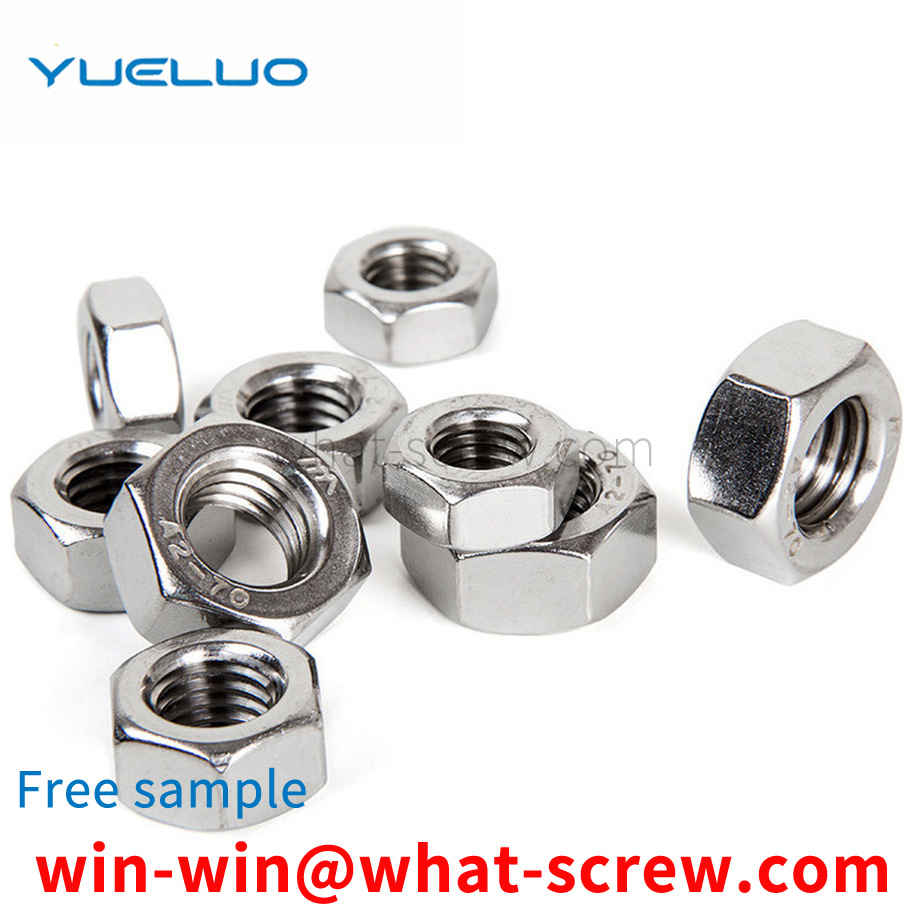
The self-tapping locking screw is composed of three parts: the head, the stem and the end of the stem from beginning to end. The composition of each self-tapping screw has four major elements: head shape, wrenching method, thread type, and end type. Head Shapes - Head shapes come in all shapes and sizes. There are round head (semi-round head), oblate head, round head flange (with pad), oblate head flange (with pad), pan head, pan head flange (with pad), countersunk head, semi-countersunk head, Cylinder head, spherical cylinder head, horn head, hexagonal head, hexagonal flange head, hexagonal flange (with gasket), etc. Wrench Styles - There are various ways of wrenching. External wrench: hexagonal, hexagonal flange, hexagonal flange, hexagonal flower shape, etc.; internal wrench: slotted, cross groove H type (Phillips), cross groove Z type (Pozidriv), cross groove F type (Frearson) , Square groove (Scrulox), compound groove, internal spline, internal hexagon flower (plum groove), internal triangle, internal hexagon, internal 12-angle, clutch groove, six-blade groove, high torque cross groove and so on. Thread Types - There are many types of threads. There are self-tapping threads (wide thread), machine threads, drywall screw threads, fiberboard screw threads, and some other special threads. In addition, the thread can be divided into single lead (single head), double lead (double head), multi-lead (multiple head) and high and low thread double head thread. End type - The end type mainly includes saw end and flat end. However, according to the function of use, grooves, grooves, incisions or parts with a cutting function can be processed. In some standards, the same saw end or flat end, there are different forms. There are various changes in the head shape, wrenching method, thread type and shank end type of self-tapping screws. They can be combined with each other to show many different products belonging to the category of self-tapping screws.
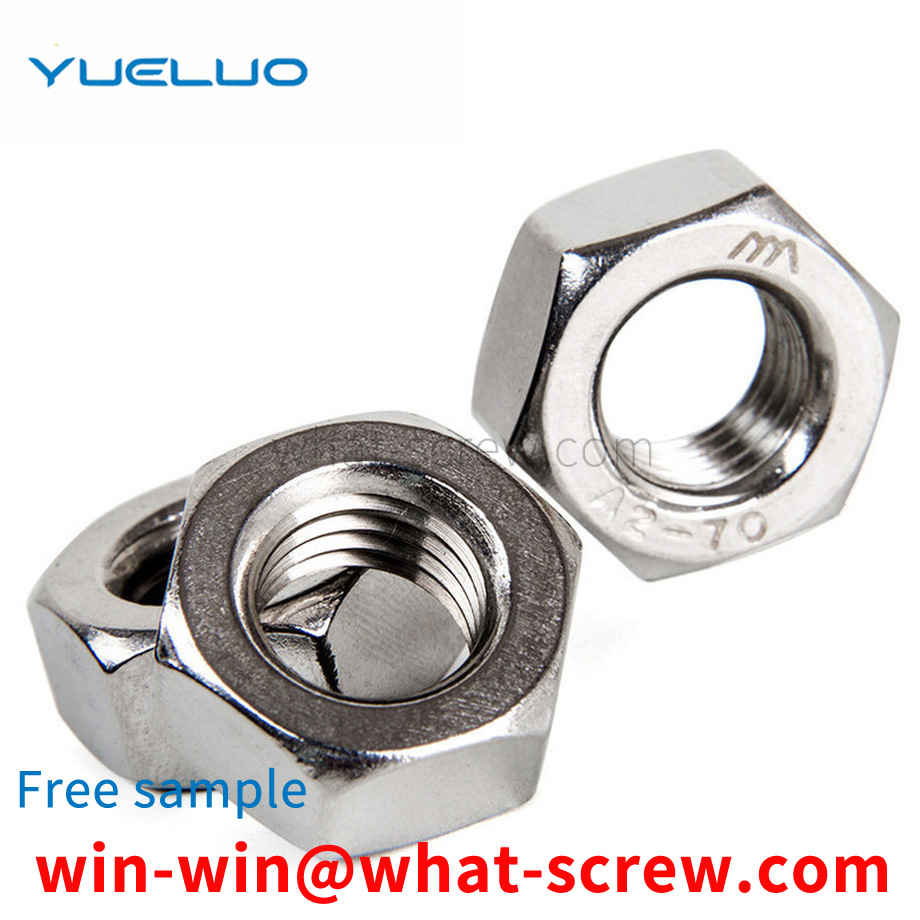
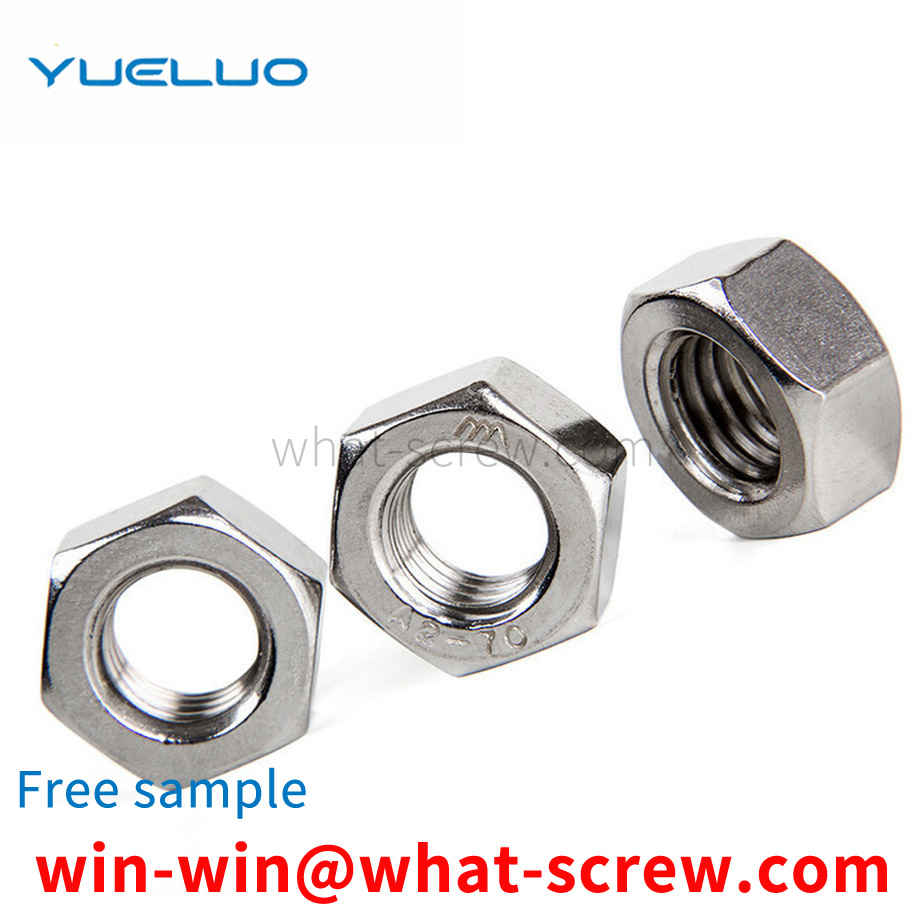
Stainless steel screws are classified into austenitic stainless steel, ferritic stainless steel, martensitic stainless steel, and precipitation hardening stainless steel. The selection of stainless steel screws is also based on principles. Where to start, let you choose the stainless steel screws you need. After comprehensive and comprehensive consideration of these five aspects, the grades, varieties, specifications and material standards of stainless steel screws are finally determined. Austenitic stainless steel: the most basic alloying elements of austenitic stainless steel are chromium and nickel. The grade is a chromium-nickel austenitic stainless steel with a chromium content of about 18% and a nickel content of about 8%, often called 18-8 stainless steel. The element ratio of chromium and nickel basically ensures that the structure of the steel is stable austenitic ferritic stainless steel: 430 type ordinary chromium steel, its corrosion resistance and heat resistance are better than 410 type, magnetic, but it It cannot be strengthened by heat treatment, and is suitable for stainless steel screws with slightly higher corrosion resistance and heat resistance and general strength requirements. Martensitic stainless steel: Type 410 and 416 can be strengthened by heat treatment, with a hardness of 35 to 45HRC, and good machinability. They are used for general-purpose heat-resistant and corrosion-resistant stainless steel screws. Type 416 has a slightly higher sulfur content and is a free-cutting stainless steel. Type 420, sulfur content? R0.15%, improved mechanical properties, can be strengthened by heat treatment, maximum hardness value of 53 ~ 58HRC, used for stainless steel screws requiring higher strength. Precipitation hardening stainless steel: 17-4PH, PH15-7Mo, they can get higher strength than the usual 18-8 type stainless steel, so they are used for high-strength, corrosion-resistant stainless steel stainless steel screws. A-286, a non-standard stainless steel, has higher corrosion resistance than commonly used Type 18-8 stainless steels, as well as good mechanical properties at elevated temperatures. Used as high-strength, heat-resistant, corrosion-resistant stainless steel screws, can be used to 650 ~ 700 ℃. Austenitic stainless steel: The commonly used models are 302, 303, 304, and 305, which are the so-called 18-8 austenitic stainless steels. Both corrosion resistance and mechanical properties are similar. The starting point of selection is the production process method of stainless steel screws, and the method depends on the size and shape of stainless steel screws, and also depends on the quantity of production. Type 302 is used for machined screws and self-tapping bolts. Type 303 In order to improve machinability, Type 303 stainless steel is added with a small amount of sulfur and is used to machine nuts from bar stock. Type 304 is suitable for hot heading stainless steel screws, such as longer gauge bolts, large diameter bolts, which may be beyond the scope of the cold heading process. Type 305 is suitable for cold heading processing of stainless steel screws, such as cold formed nuts, hex bolts. Type 309 and Type 310, their Cr content and Ni content are higher than 18-8 type stainless steel, suitable for stainless steel screws working at high temperature. Types 316 and 317, both of which contain the alloying element Mo, have higher high temperature strength and corrosion resistance than 18-8 type stainless steel. Type 321 and Type 347, Type 321 contains a relatively stable alloying element Ti, Type 347 contains Nb, which improves the intergranular corrosion resistance of the material. It is suitable for stainless steel standard parts that are not annealed after welding or serve at 420~1013℃.
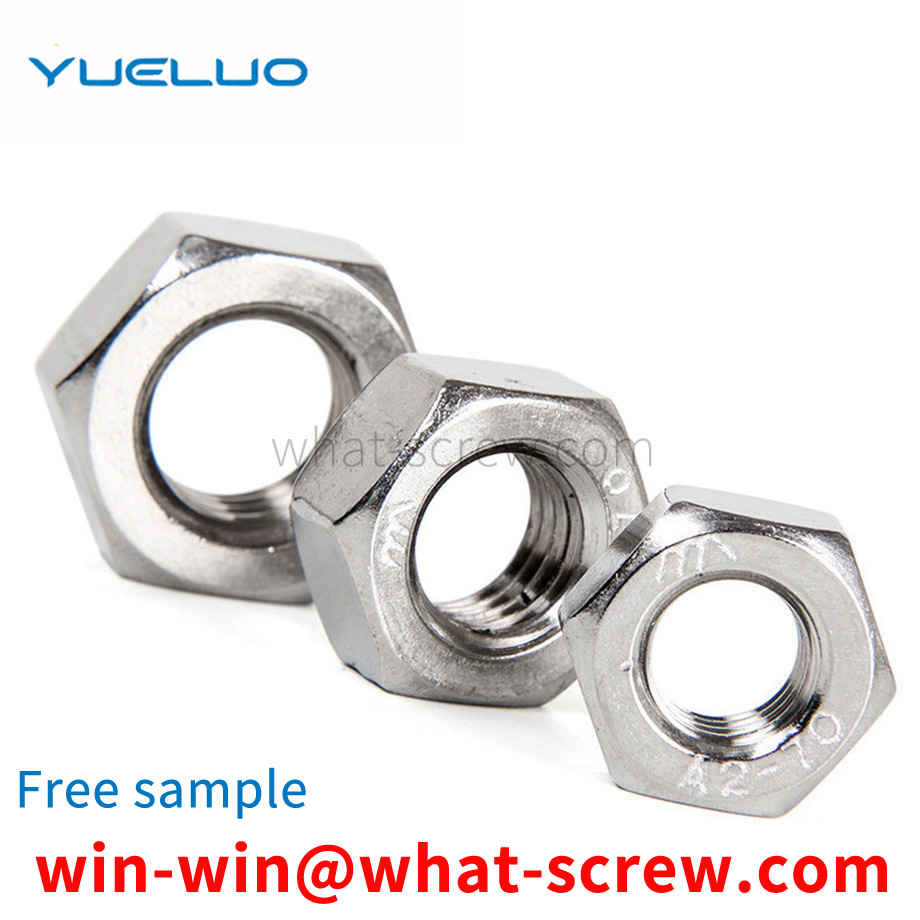
For common screw belts, please refer to the Central Taiwan Announcement No. 327442 Screw Belts (2) on February 21, 1998. It includes a main body, and there are multiple grooves on the side of the main body, which are used for locking screw tools to drive the belt. A toggler; and a plurality of nail grooves are arranged on the nail belt so that the screw planting is arranged in an arrangement, and the nail grooves are all provided with through holes, and the through holes extend downward with a ring to form a support portion for the screws; and the It is surrounded and provided with a plurality of cutting grooves, which is beneficial for the screw to be rotated through the nail groove; and it is characterized in that the nail groove is located on the inner wall surface of the surrounding and is provided with a plurality of lobes, and these lobes are implanted in the screw. In the nail groove, the leaflet supports the screw, so that the screws with different outer diameters are fully supported and positioned by the leaflet; and/or the upper part of the leaflet is inclined or curved, so that a depression is formed above the ring to support the screw The arc surface or tapered surface of the neck can make the screw more stable to be supported.
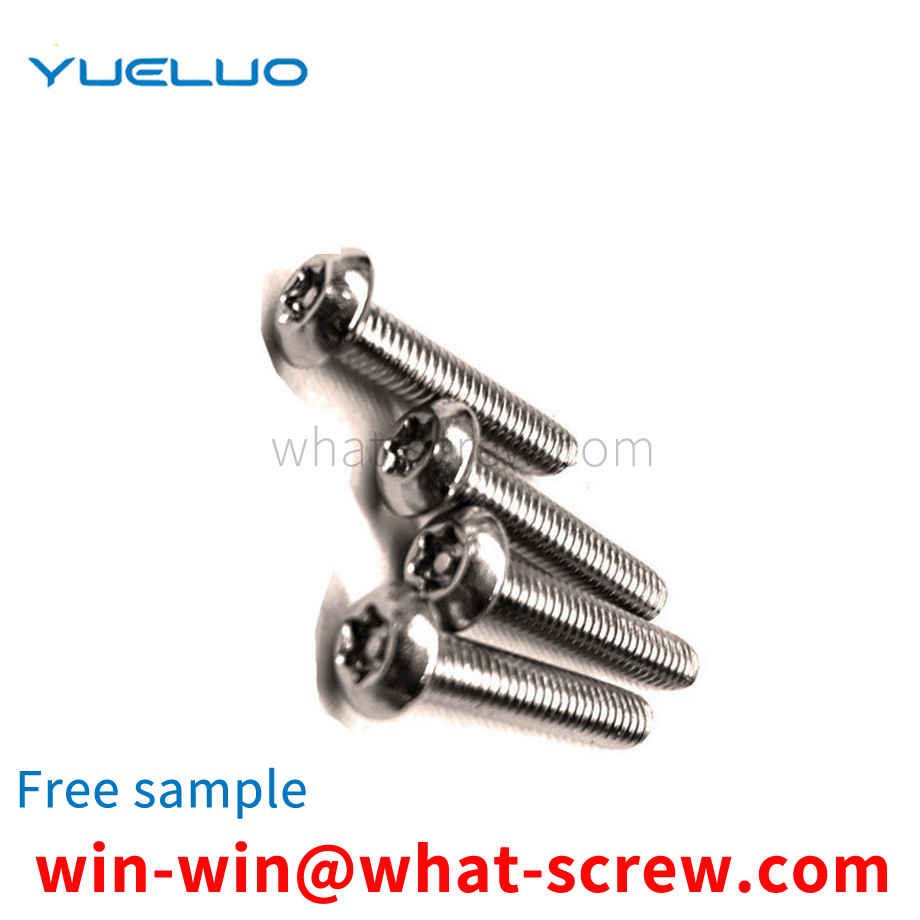
The above content is uploaded by Yueluo or the Internet. If there is any copyright issue, please contact [email protected].

What is the tolerance range of precision screws?

How to choose the right stainless steel screw manufacturer?

Why is there an R angle under the head of the hexagon head s...

We have more than ten years of experience in screw industry ...

We have more than ten years of experience in screw industry ...

We have more than ten years of experience in screw industry ...

We have more than ten years of production experience in the ...